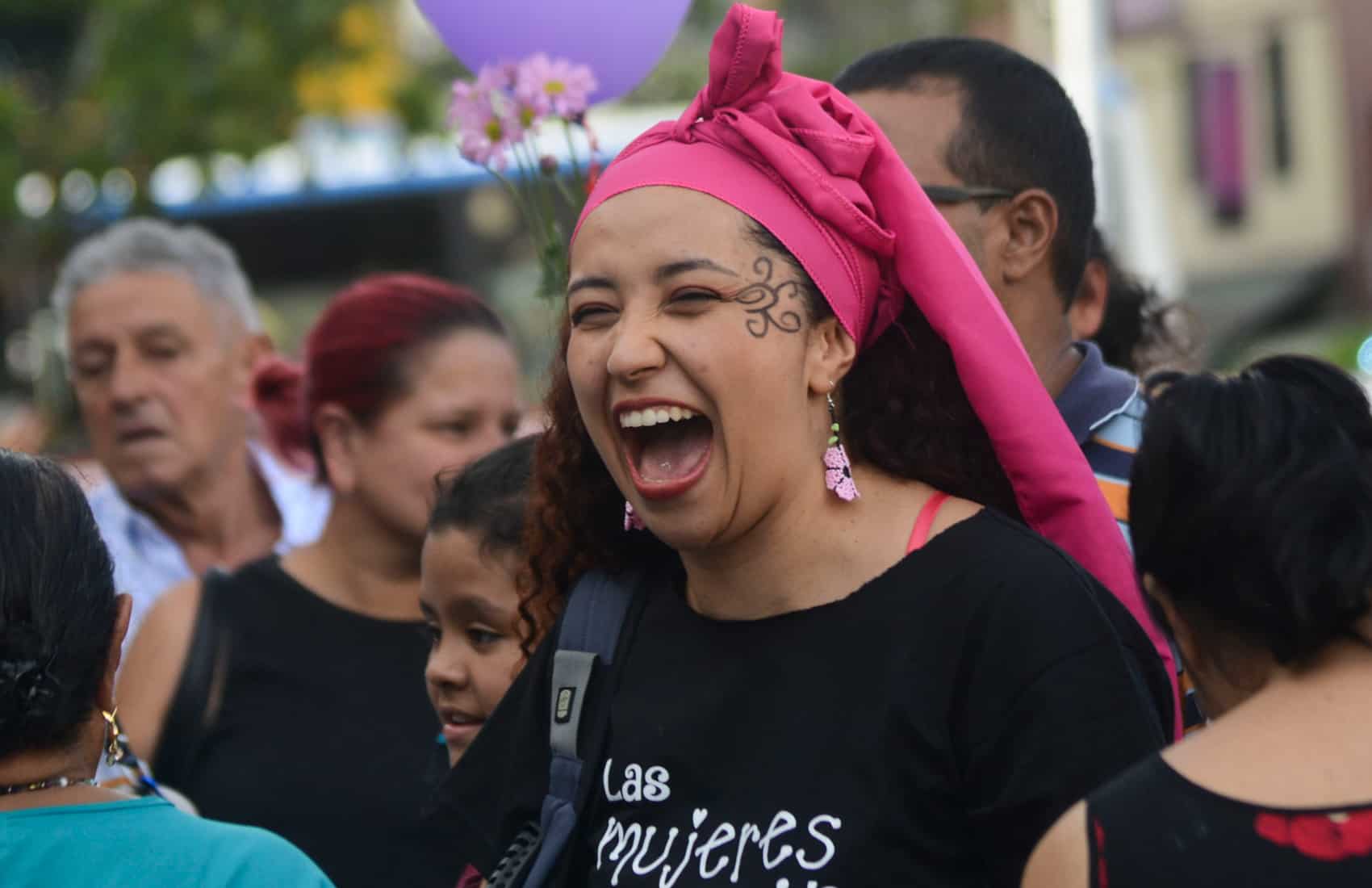Both sides of Colombia’s civil war shook hands in Havana, Cuba on Thursday after signing a cease-fire agreement that could pave the way to peace in the Andean country for the first time in 52 years.
If the Revolutionary Armed Forces of Colombia (FARC) successfully demobilizes and hostilities between both sides end, it could signal a drop in the number of Colombians seeking asylum in Costa Rica.
There are more than 7,000 Colombian refugees living in Costa Rica, more than any other nationality. Nicaraguans, Cubans, Venezuelans and Salvadorans are the next largest groups that seek asylum here but their numbers are far smaller.
Vice Minister of the Interior Carmen Muñoz told The Tico Times it was possible the number of asylum-seekers from Colombia could fall if the cease-fire improves security. Paramilitary and guerrilla-related violence are two of the top reasons why Colombians seek asylum in Costa Rica, according to an annual report from the Interior Ministry released Thursday.
“Some people who were planning to flee may decide to wait and see how the peace agreement turns out,” she said. Muñoz said she recently spoke with some Colombian refugees who said they were considering moving back to Colombia if the peace process goes well.
She added that Costa Rica isn’t the only country that could see a drop in Colombian refugees.“There are thousands of Colombians across Latin America,” Muñoz noted.
Still, Muñoz stressed that Costa Rica reviews each asylum request individually. Thursday’s cease-fire announcement will not change anything in the way Costa Rica views refugee applications from Colombians, she said.
“It’s a society that has been fractured by the army, the guerrillas, disappeared, killed and displaced people for more than 50 years,” she told The Tico Times. “It will take some time to heal these wounds.”
The makeup of refugees in Costa Rica is already shifting, regardless of the cease-fire. In 2015, asylum requests from Colombians were surpassed for the first time in many years by Central Americans — especially Salvadorans — fleeing gang violence.
According to figures released Thursday by the Interior Ministry, last year Costa Rica received 932 refugee applications from Central Americans compared to 583 from Colombians. The spike led the Interior Ministry to request 12 temporary employees from the Office of the United Nations High Commissioner for Refugees to help process the swelling number of requests.
Even if applications from Colombia drop, Costa Rica will likely continue to see a raising number of asylum-seekers overall. In 2015, Costa Rica received 2,203 refugee applications, almost a 60 percent increase over the 1,384 received in 2014.
Muñoz said she expects refugee requests to reach as high at 4,000 by the end of 2016.






